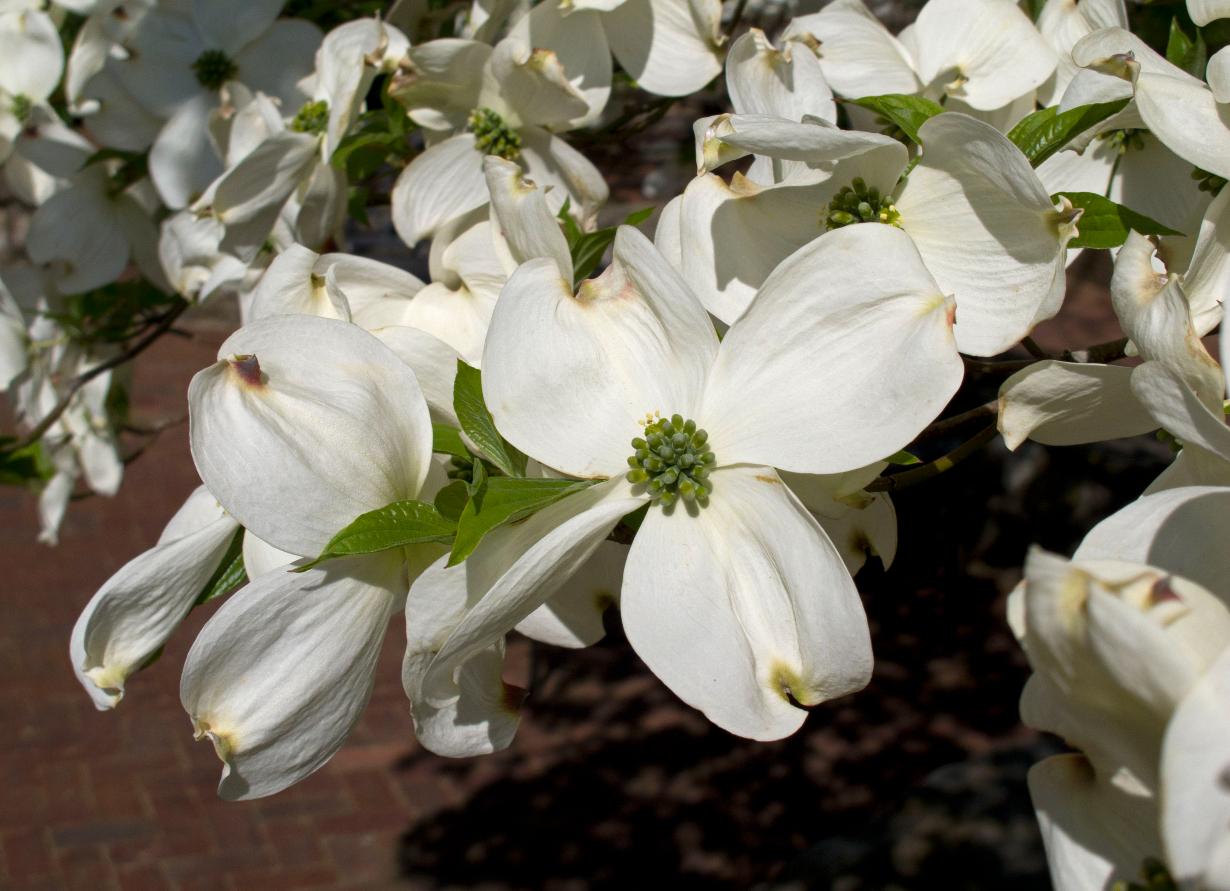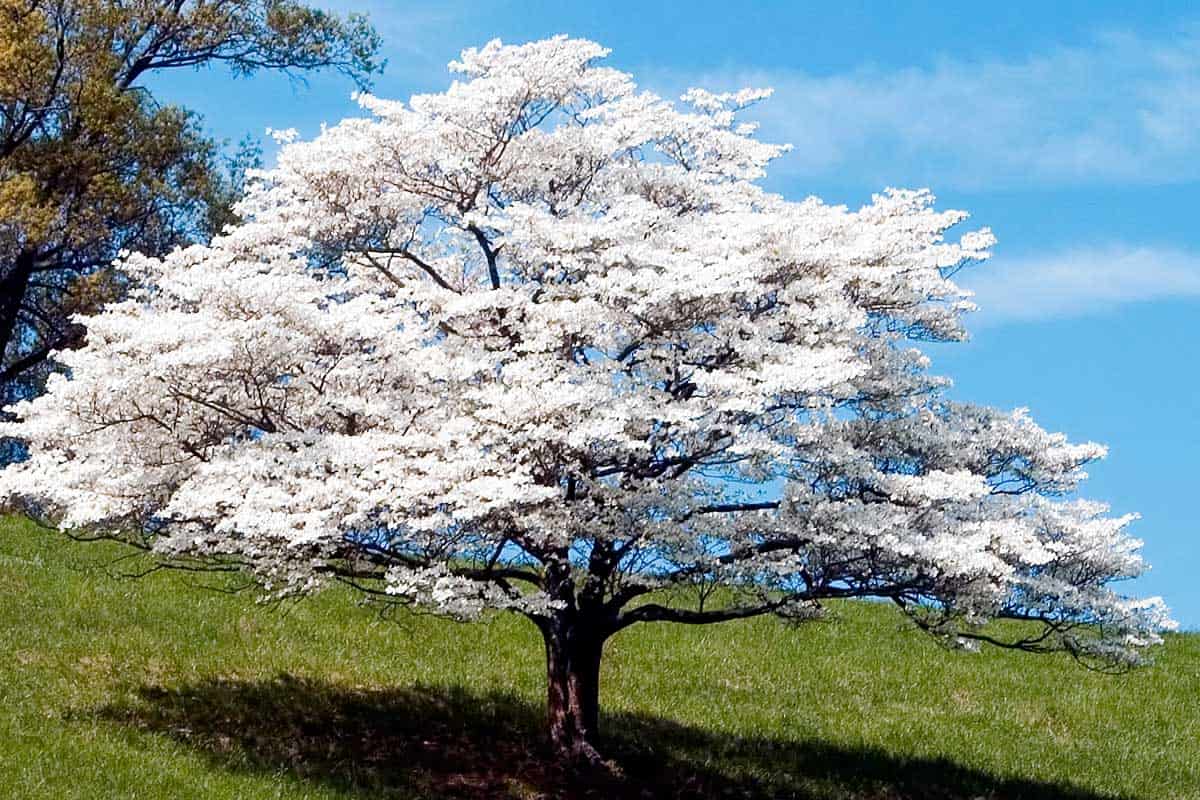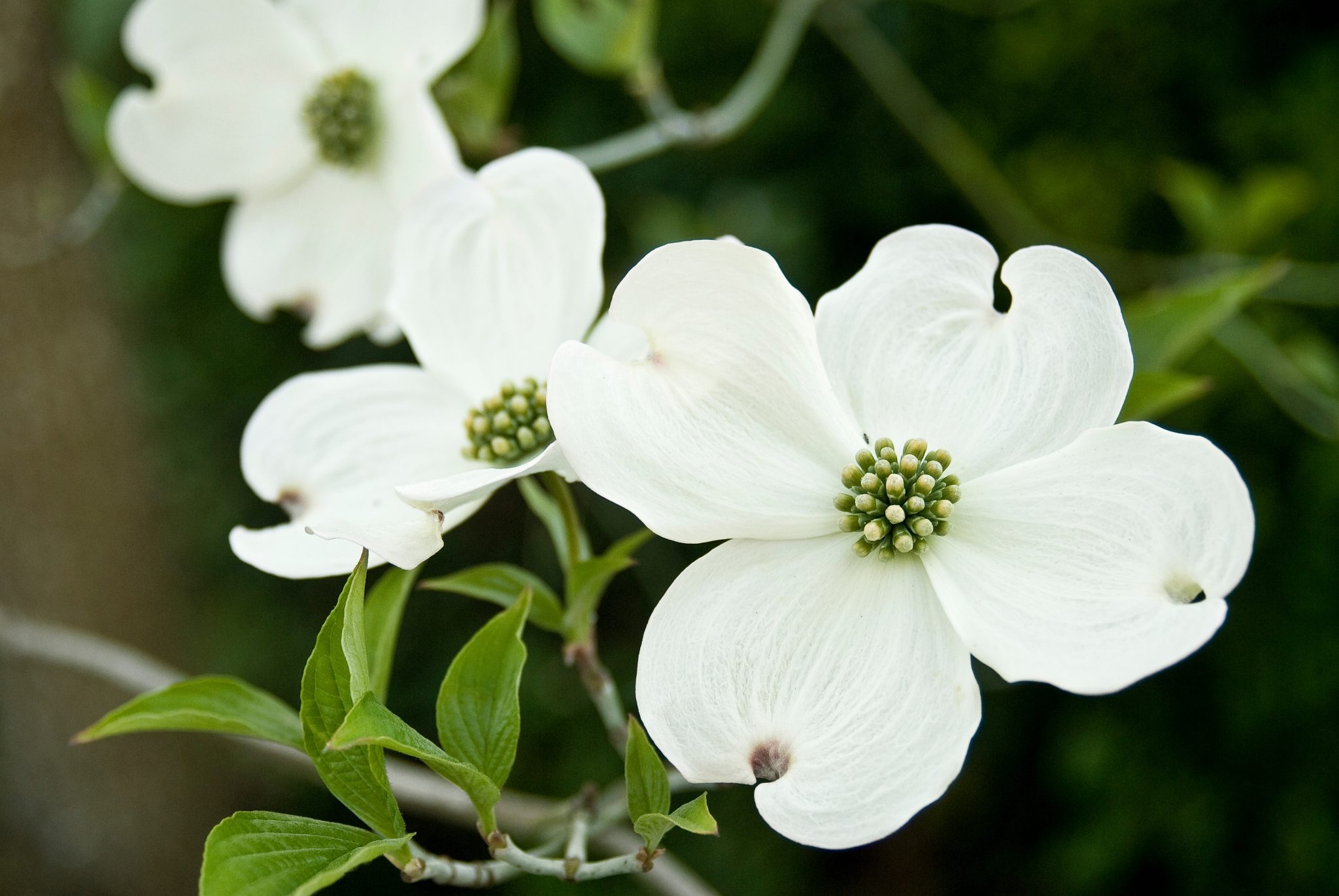Understanding the Factors that Influence Dogwood Growth Rates
Dogwood trees are a popular choice for landscaping due to their stunning flowers, attractive foliage, and ability to thrive in a variety of conditions. However, the growth rate of dogwood trees can vary significantly depending on several factors. To understand how fast dogwoods grow, it’s essential to consider the impact of climate, soil quality, sunlight, watering, and pruning on their growth and development.
Climate plays a crucial role in determining the growth rate of dogwood trees. Dogwoods typically thrive in temperate climates with mild winters and warm summers. In areas with harsh winters or extreme temperatures, dogwood growth may be slower. Soil quality is also a critical factor, as dogwoods prefer well-draining, fertile soil rich in organic matter. Poor soil quality can lead to stunted growth and reduced flowering.
Sunlight is another essential factor in dogwood growth. While dogwoods can tolerate partial shade, they generally require full sun to produce abundant flowers and foliage. Inadequate sunlight can result in weak and spindly growth. Watering is also critical, as dogwoods need consistent moisture to thrive. However, overwatering can be detrimental, leading to root rot and other problems.
Pruning is a vital aspect of dogwood care, as it helps maintain the tree’s shape, promotes healthy growth, and encourages flowering. Regular pruning can also help control pests and diseases that can impact dogwood growth. By understanding the impact of these factors, gardeners and landscapers can take steps to optimize the growth and development of their dogwood trees.
While the growth rate of dogwood trees can vary, most varieties can expect to grow around 1-2 feet per year. With proper care and conditions, dogwoods can reach their mature height of 15-20 feet in 10-15 years. However, growth rates can be influenced by the specific variety, climate, and growing conditions. By providing optimal care and attention, gardeners can help their dogwood trees reach their full growth potential.
How to Choose the Right Dogwood Variety for Your Landscape
With over 40 species of dogwood trees, selecting the right variety for your landscape can be a daunting task. However, by understanding the unique characteristics of each variety, you can make an informed decision that suits your specific climate and landscape. When considering how fast dogwoods grow, it’s essential to choose a variety that is well-suited to your environment.
Flowering dogwood (Cornus florida) is one of the most popular varieties, known for its stunning white or pink flowers and vibrant red berries. This variety is relatively fast-growing, with an average growth rate of 1-2 feet per year. However, it can be sensitive to extreme temperatures and requires regular watering.
Kousa dogwood (Cornus kousa) is another popular variety, prized for its large, showy flowers and edible berries. This variety is more tolerant of extreme temperatures and drought, making it an excellent choice for areas with harsh climates. Kousa dogwood is also relatively fast-growing, with an average growth rate of 1-2 feet per year.
Cornelian cherry dogwood (Cornus mas) is a lesser-known variety, but it’s an excellent choice for areas with poor soil quality. This variety is highly tolerant of drought and extreme temperatures, making it an ideal choice for areas with challenging growing conditions. Cornelian cherry dogwood is relatively slow-growing, with an average growth rate of 6-12 inches per year.
When selecting a dogwood variety, consider factors such as climate, soil quality, and desired growth rate. By choosing the right variety for your landscape, you can ensure that your dogwood tree thrives and reaches its full growth potential. Additionally, consider factors such as mature size, flower color, and berry production to ensure that your dogwood tree meets your specific needs and preferences.
Ultimately, the key to maximizing the growth potential of your dogwood tree is to choose a variety that is well-suited to your environment and provide proper care and attention. By doing so, you can enjoy the beauty and benefits of your dogwood tree for years to come.
The Average Growth Rate of Dogwood Trees: What to Expect
Dogwood trees are known for their moderate growth rate, which can vary depending on factors such as climate, soil quality, and pruning. Understanding the average growth rate of dogwood trees can help you plan and care for your tree effectively. When considering how fast dogwoods grow, it’s essential to consider the specific variety and growing conditions.
On average, dogwood trees can grow between 1-2 feet per year, with some varieties growing faster or slower than others. For example, flowering dogwood (Cornus florida) is known to grow at a rate of 1-2 feet per year, while kousa dogwood (Cornus kousa) can grow at a rate of 2-3 feet per year.
The growth rate of dogwood trees can also be influenced by factors such as climate and soil quality. Trees growing in areas with mild winters and cool summers tend to grow faster than those in areas with harsh winters or extreme temperatures. Similarly, trees growing in well-draining, fertile soil tend to grow faster than those in poor soil conditions.
It’s also important to consider the mature size of the tree when planning and caring for your dogwood. Most dogwood varieties can grow to be between 15-25 feet tall, with a spread of around 10-15 feet. However, some varieties can grow larger or smaller than this, depending on the specific growing conditions.
Here’s a general outline of what you can expect in terms of growth rate and mature size for different dogwood varieties:
Flowering dogwood (Cornus florida): 1-2 feet per year, 15-20 feet tall, 10-15 feet spread
Kousa dogwood (Cornus kousa): 2-3 feet per year, 20-25 feet tall, 15-20 feet spread
Cornelian cherry dogwood (Cornus mas): 1-2 feet per year, 10-15 feet tall, 5-10 feet spread
By understanding the average growth rate and mature size of your dogwood tree, you can plan and care for your tree effectively, ensuring it reaches its full growth potential.
How to Plant and Care for Your Dogwood Tree for Optimal Growth
Planting and caring for a dogwood tree requires attention to detail and a commitment to providing the right conditions for optimal growth. By following these steps, you can help your dogwood tree thrive and reach its full growth potential.
Soil Preparation: Before planting your dogwood tree, it’s essential to prepare the soil properly. Dogwoods prefer well-draining, fertile soil that is rich in organic matter. Test your soil to determine its pH level and nutrient content, and amend it if necessary. Add a 2-inch layer of compost or well-rotted manure to the soil to improve its fertility and drainage.
Planting: Plant your dogwood tree in the early spring or fall, when the weather is cooler. Dig a hole that is twice as wide and just as deep as the tree’s root ball. Gently remove the tree from its container and place it in the hole, making sure the root flare (where the trunk flares out at the base of the tree) is level with the soil surface. Fill the hole with soil, tamping it down gently as you go to remove any air pockets. Water the tree thoroughly after planting.
Watering: Dogwood trees prefer consistent moisture, especially during the first year after planting. Water your tree regularly, providing about 1 inch of water per week. Avoid overwatering, which can lead to root rot and other problems.
Fertilization: Feed your dogwood tree with a balanced, slow-release fertilizer in the early growing season. Follow the manufacturer’s instructions for application rates and timing. Avoid overfertilizing, which can damage the tree and the environment.
Pruning: Prune your dogwood tree regularly to maintain its shape and promote healthy growth. Remove any dead, diseased, or damaged branches, and thin out the tree’s canopy to allow more sunlight to reach the inner branches. Prune your tree in the late winter or early spring, before new growth begins.
Mulching: Mulch around the base of your dogwood tree to retain moisture, suppress weeds, and regulate soil temperature. Use a 2-3 inch layer of organic mulch, such as wood chips or bark, and keep it a few inches away from the tree’s trunk.
By following these steps and providing your dogwood tree with the right conditions, you can help it grow and thrive. Remember to be patient, as dogwood trees can take several years to reach their full growth potential.
Common Challenges that Can Impact Dogwood Growth Rates
Dogwood trees are generally hardy and adaptable, but they can still be affected by various challenges that can impact their growth rates. Understanding these challenges and taking steps to address them can help promote healthy growth and development.
Pests: Dogwood trees can be susceptible to pests such as aphids, scales, and borers. These pests can feed on the tree’s sap, leaves, and bark, causing damage and reducing growth rates. Regularly inspect your tree for signs of pests and use organic or chemical controls as needed.
Diseases: Dogwood trees can be affected by diseases such as powdery mildew, leaf spot, and root rot. These diseases can cause damage to the tree’s leaves, branches, and roots, reducing growth rates and impacting overall health. Practice good sanitation, water management, and pruning techniques to prevent the spread of disease.
Environmental Stressors: Dogwood trees can be impacted by environmental stressors such as drought, extreme temperatures, and pollution. These stressors can cause damage to the tree’s leaves, branches, and roots, reducing growth rates and impacting overall health. Provide your tree with adequate water, nutrients, and protection from extreme weather conditions.
Soil Compaction: Dogwood trees prefer well-draining soil, but soil compaction can prevent water and nutrients from reaching the roots. Avoid compacting the soil around your tree by reducing foot traffic and using mulch or other soil amendments.
Nutrient Deficiencies: Dogwood trees require a balanced diet of nutrients to promote healthy growth and development. Soil testing can help identify nutrient deficiencies, and fertilization can provide the necessary nutrients for optimal growth.
By understanding these common challenges and taking steps to address them, you can help promote healthy growth and development in your dogwood tree. Regular maintenance, proper care, and patience can help your tree reach its full growth potential.
When considering how fast dogwoods grow, it’s essential to remember that growth rates can be impacted by various factors, including climate, soil quality, and pest and disease management. By providing your tree with the right conditions and care, you can help it grow and thrive.
How to Prune Your Dogwood Tree for Maximum Growth and Beauty
Pruning is an essential part of dogwood tree care, as it helps maintain the tree’s natural shape, promotes healthy growth, and encourages flowering. Proper pruning techniques can also help prevent disease and pest problems, and improve the overall appearance of the tree.
When to Prune: The best time to prune a dogwood tree is in the late winter or early spring, before new growth begins. This allows you to see the tree’s structure more clearly and make precise cuts. Avoid pruning in the fall, as this can stimulate new growth that may not have time to harden off before winter.
How to Prune: Start by removing any dead, diseased, or damaged branches. Cut these branches off at the base, making a clean cut just above a growth node. Next, thin out the tree’s canopy to allow more sunlight to reach the inner branches. Remove any crossing or rubbing branches, and cut back any branches that are growing outside of the tree’s natural shape.
Tools to Use: Use sharp, clean pruning tools to prevent spreading disease and to make precise cuts. Loppers or hand pruners are best for smaller branches, while a pruning saw is better for larger branches.
Pruning Tips: Make clean cuts just above a growth node, and avoid tearing the bark. Don’t over-prune, as this can stress the tree and lead to disease or pest problems. Prune only what is necessary to maintain the tree’s natural shape and promote healthy growth.
Pruning for Flowering: If you want to encourage flowering on your dogwood tree, prune it in a way that allows more sunlight to reach the inner branches. Remove any branches that are growing outside of the tree’s natural shape, and thin out the canopy to allow more sunlight to reach the inner branches.
By following these pruning tips, you can help your dogwood tree grow and thrive. Remember to prune regularly to maintain the tree’s natural shape and promote healthy growth. With proper care and pruning, your dogwood tree can reach its full growth potential and provide beauty and enjoyment for years to come.
When considering how fast dogwoods grow, it’s essential to remember that pruning is an important part of tree care. By pruning your dogwood tree regularly, you can help promote healthy growth and encourage flowering.
Comparing the Growth Rates of Different Dogwood Varieties
Dogwood trees come in a variety of species, each with its own unique characteristics and growth rates. When considering how fast dogwoods grow, it’s essential to understand the differences between these varieties and how they can impact the overall growth and development of the tree.
Flowering Dogwood (Cornus florida): This variety is known for its stunning white or pink flowers and vibrant red berries. It is a relatively fast-growing tree, with an average growth rate of 1-2 feet per year. Flowering dogwood can grow up to 20-25 feet tall and 15-20 feet wide.
Kousa Dogwood (Cornus kousa): This variety is prized for its large, showy flowers and edible berries. It is a slower-growing tree, with an average growth rate of 6-12 inches per year. Kousa dogwood can grow up to 15-20 feet tall and 10-15 feet wide.
Cornelian Cherry Dogwood (Cornus mas): This variety is known for its bright yellow flowers and red berries. It is a relatively fast-growing tree, with an average growth rate of 1-2 feet per year. Cornelian cherry dogwood can grow up to 15-20 feet tall and 10-15 feet wide.
When selecting a dogwood variety, it’s essential to consider factors such as climate, soil quality, and desired growth rate. By choosing the right variety for your specific needs and conditions, you can help promote healthy growth and development.
In addition to the variety, other factors such as climate, soil quality, and pruning can also impact the growth rate of dogwood trees. By understanding these factors and taking steps to optimize them, you can help your dogwood tree reach its full growth potential.
By comparing the growth rates of different dogwood varieties, you can make an informed decision about which variety is best for your specific needs and conditions. Remember to consider factors such as climate, soil quality, and pruning when selecting a variety, and take steps to optimize these factors to promote healthy growth and development.
When considering how fast dogwoods grow, it’s essential to remember that growth rates can vary depending on the specific variety and conditions. By choosing the right variety and optimizing factors such as climate, soil quality, and pruning, you can help your dogwood tree reach its full growth potential.
Conclusion: Maximizing the Growth Potential of Your Dogwood Tree
By following the tips and guidelines outlined in this article, you can help maximize the growth potential of your dogwood tree. Remember to choose the right variety for your specific climate and landscape, and provide proper care and maintenance to promote healthy growth and development.
Proper care and maintenance are essential for promoting healthy growth and development in dogwood trees. This includes providing adequate sunlight, watering, and fertilization, as well as pruning and training the tree to maintain its natural shape.
Pruning is a critical component of dogwood tree care, as it helps promote healthy growth and development by removing dead, diseased, or damaged branches. Regular pruning can also help maintain the tree’s natural shape and promote flowering.
Patience is also essential when growing a dogwood tree. These trees can take several years to reach their full growth potential, so it’s essential to be patient and not expect immediate results.
By following these tips and guidelines, you can help your dogwood tree reach its full growth potential and provide beauty and enjoyment for years to come. Remember to stay informed and adapt to changing conditions to ensure the best possible results.
When considering how fast dogwoods grow, it’s essential to remember that growth rates can vary depending on the specific variety and conditions. By choosing the right variety and providing proper care and maintenance, you can help your dogwood tree reach its full growth potential.
In conclusion, dogwood trees are a beautiful and rewarding addition to any landscape. By following the tips and guidelines outlined in this article, you can help maximize the growth potential of your dogwood tree and enjoy its beauty and benefits for years to come.






